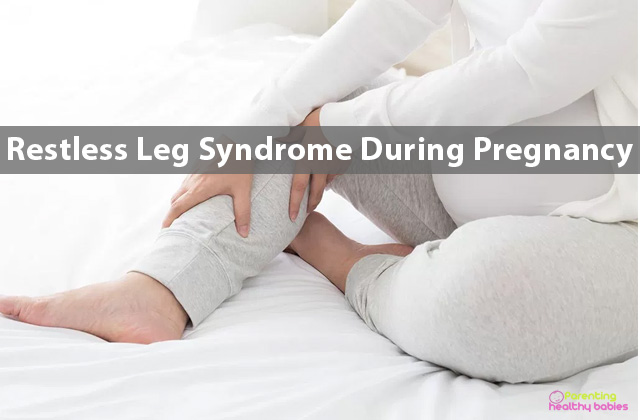Avoiding lifting heavy objects, doing hamstring stretches, deep squatting, moving regularly, improving posture, wearing comfortable shoes, swinging of adductors, doing pyramidal stretch and avoiding long-standing are some of the ways to relieve symphysis pubic pain during pregnancy.
Pubic symphysis dysfunction (PSD) is defined as pathological relaxation of the pelvic joints. It is also known as sacroiliac arthropathy, pelvic insufficiency or relaxation of the pelvic girdle. Pubic pain usually occurs when the baby’s weight begins to overload the pelvis. You can relieve this pain by resting and taking some precautions. It usually appears insidiously, among other circumstances, during pregnancy or the puerperium, and although it is recognized as a frequent clinical manifestation, its real incidence is unknown and very variable.
Symphysis Pubis Pain During Pregnancy: 11 Ways to Relieve
Listed below are some ways to relieve symphysis pubis pain during pregnancy
Avoid lifting heavy objects
As your ligaments are more flexible, you are more prone to injury. If you need to lift or carry anything, hold the object against your body, bend your knees rather than your back (as if you are squatting), and do not try to twist your torso.
Hamstring Stretch
Stand with your feet in line with your hips, lean and rest your hands on a chair. Arms stretched. Relax your back, stretch your legs and now lift your butt, as if you wanted the sacrum (the lowest part of the spine) to touch the ceiling. Stay in this position for at least 30 seconds and repeat the exercise several times a day.
Deep squat
A good way to encourage the symmetrical movement of the sacroiliac joints and to stretch the pelvic floor, which is probably tense. There are a thousand “right” and “wrong” ways to do it, but in this case just keep in mind a couple of things: try not to bend your back a lot and support your heels well on the floor. If you feel you can not because you lose your balance and fall backward, grab the knob of a door and descend.
Move regularly
You can reduce the risk of developing back pain if you move regularly. Unfortunately, a sports activity will not protect your joints in the same way. The most appropriate exercises include swimming, walking, cycling and water aerobics, Pilates or yoga classes.
Improve your posture
When you are standing, imagine someone growing up pulling over you an invisible thread from the top of your head. Tighten your perineal and belly muscles to help your back maintain posture.
Wear comfortable shoes
Some women will only feel comfortable with flat shoes, and others will need a bit of heel to relieve their back of a little weight. In general, if your lower back is arched, high heels may aggravate this arch, while flat shoes will have the opposite effect.
Stretching of adductors
Distribute more legs and carry the weight of the body to one leg, keeping both feet fixed on the floor. Stay in that position for 30 seconds and repeat to the other side. Do this several times a day, especially when the pain is more intense.
Swings in the pelvis
It can help minimize the tugging of your back that occurs when you stay up too long. Try the following exercise: stand up, stick your back to the wall. Place your feet a few inches from the wall and bend your knees very slightly. Slip your hand into the space of your arch, between the wall and your back. Tilt your pelvis back so that your back “crushes” your hand against the wall. Then, tilt your pelvis forward to take off your back from your hand. Repeat these tilts in rhythm.
Pyramidal Stretch
Sit with your knees at 90 degrees, feet well supported on the floor, straight back (do not raise the chest, just feel that the weight of your body is on the ischium, the bones that you will find under the thighs). Support the ankle of one leg on the opposite knee. Now lean forward keeping your back straight.
Parallel and symmetrical
Try to keep your legs as parallel and symmetrical as possible. When, for example, you get out of the car, get out both legs at once, not one after the other. It is also advisable to support the weight of your belly on both legs at the same time.
Avoid long-standing
We also recommend that you avoid work that requires a lot of standing time. If you do not have a choice, it is important to take breaks by always trying to spread the weight of your belly between your two joints.
Most women affected by these pains find that they lessen after the baby is born, although some still suffer a year later. Continue physiotherapy sessions after giving birth and try to get help to look after your child during the first few weeks. In some people, the pain sometimes comes back every month at the time of menstruation. This is due to hormones that have the same effects as the pregnancy hormone relaxin.
References:
https://mutusystem.com/mutu-system-blog
https://parentinghealthybabies.com/home-remedies-stop-pelvic-pain-pregnancy/













